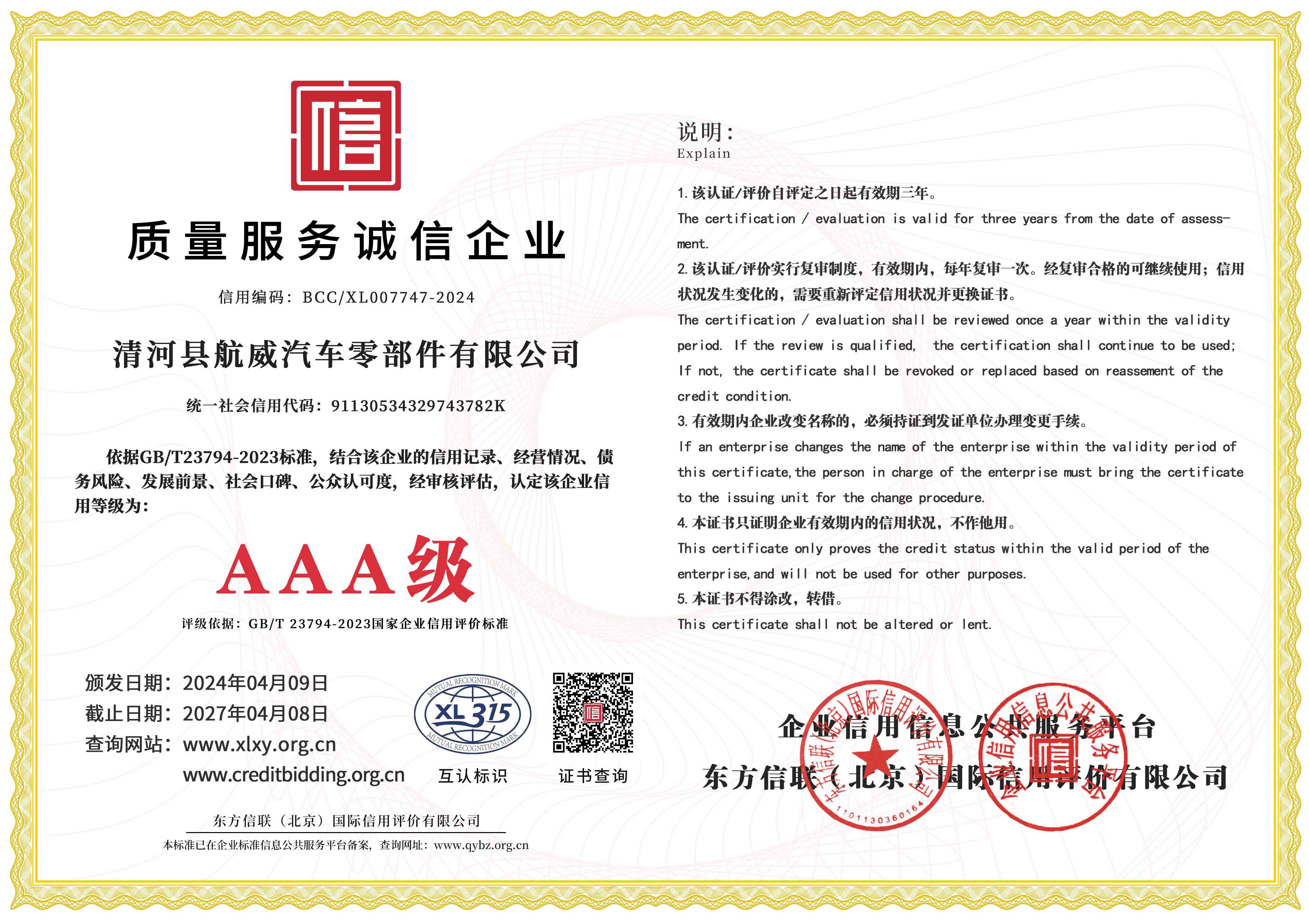weed eater throttle cable
Understanding Weed Eater Throttle Cables Essential Insights for Lawn Care Enthusiasts
Maintaining a pristine lawn can sometimes feel like an overwhelming task, especially for those who are new to gardening or landscaping. Equip yourself with the right tools, and the chore becomes more manageable. One crucial piece of equipment that many homeowners rely on is the weed eater, also known as a string trimmer. Within this handy machine, the throttle cable plays a significant role in its operation. In this article, we'll delve into the importance of the throttle cable in weed eaters, how it works, common issues, and tips for maintenance.
What is a Throttle Cable?
The throttle cable is a critical component that connects the throttle control on the handle of the weed eater to the carburetor. Essentially, it regulates the amount of air and fuel mixture that enters the engine, directly influencing the power and speed of the string trimmer. A functioning throttle cable allows the user to easily control the trimmer’s speed, enabling finer adjustments when tackling various types of vegetation.
How Does the Throttle Cable Work?
When the operator pulls the throttle trigger located on the handle of the weed eater, the throttle cable pulls the lever attached to the carburetor. This action opens or closes the throttle valve, allowing more or less fuel and air to enter the engine. Increased throttle will speed up the engine, providing more power to the cutting line, which is essential for tackling thicker weeds or grass. Conversely, decreasing the throttle will reduce the engine speed, perfect for delicate trimming or when being mindful of flower beds and other delicate areas.
Common Issues with Throttle Cables
Like any mechanical component, throttle cables can experience wear and tear over time. Here are some common issues you may encounter
1. Cable Fraying Frequent use can lead to frayed cables, risking a complete break. If you notice any fraying, it’s advisable to replace the cable immediately.
2. Sticking Cables Dirt, debris, and corrosion can cause the cable to stick, leading to erratic speeds or unresponsive throttle control. This can negatively impact the performance of your weed eater.
weed eater throttle cable

3. Loose Connections If the cable is not securely attached at either the handle control or the carburetor, it can result in poor throttle response, leading to frustrating operation struggles.
4. Physical Damage Bends or kinks in the cable can impede its movement, impacting functionality. Inspect the cable regularly for any signs of damage.
Maintenance Tips for Throttle Cables
Preventative maintenance can extend the life of your weed eater’s throttle cable and ensure it operates smoothly. Here are some tips to keep it in good condition
- Regular Cleaning Clean the throttle cable regularly to remove dirt and debris that may cause sticking. Use a cloth and some mild detergent, and ensure that it’s dry before reattaching.
- Lubrication Periodically apply a suitable lubricant to the cable sleeve to prevent rust and corrosion. Ensure that the lubricant is recommended for use with your specific weed eater model.
- Inspect Regularly During regular maintenance checks on your weed eater, inspect the throttle cable for any signs of wear, damage, or fraying. Addressing these issues promptly can help prevent more extensive repairs later.
- Tension Adjustment If necessary, adjust the tension on the throttle cable to ensure it responds effectively. Refer to your weed eater's manual for specific instructions related to adjustments.
Conclusion
The throttle cable is a small but vital part of a weed eater, instrumental in controlling its performance and efficiency. By understanding its function and common issues, as well as implementing regular maintenance practices, you can ensure smooth operation and prolong the life of your weed eater. A well-maintained throttle cable will not only make your lawn care tasks easier but will also enhance the overall experience of keeping your outdoor space looking its best. Happy trimming!
-
Workings of Clutch Pipe and Hose SystemsNewsJun.04,2025
-
The Inner Workings of Hand Brake Cable SystemsNewsJun.04,2025
-
The Secrets of Throttle and Accelerator CablesNewsJun.04,2025
-
The Hidden Lifeline of Your Transmission Gear Shift CablesNewsJun.04,2025
-
Demystifying Gear Cables and Shift LinkagesNewsJun.04,2025
-
Decoding Clutch Line Systems A Comprehensive GuideNewsJun.04,2025
